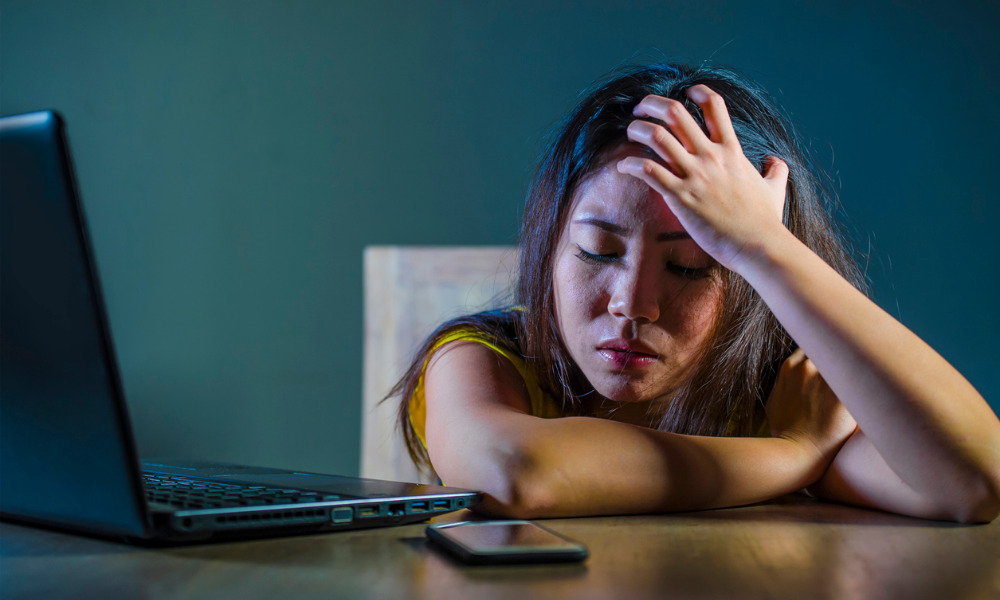
The problem hasn’t gone away- if anything it’s just moved online

Since the investigation into film producer Harvey Weinstein’s conduct helped spark the #MeToo Movement, sexual harassment in the workplace has been in the spotlight more than ever before.
In Australia, HRD recently reported on high-profile cases involving QBE and AMP, where senior figures lost their positions following complaints from female employees.
Despite the onset of the COVID-19 pandemic and widespread working from home arrangements this year, sexual harassment claims in Australia have not slowed down. If anything, the opposite seems true.
The Australian state hit hardest by COVID-19, Victoria, has seen one of the biggest increases in sexual harassment complaints, with cases up six per cent in the past year.
Law firms have suggested that because many employees are not in their standard workplace, victims won’t be in the physical presence of their harasser and will feel more comfortable coming forward.
Consequently, workers with historic experiences are now more likely to report complaints.
Read more: Sexual harassment scandals put HR centre stage
The WFH environment has increased the likelihood of harassment occurring in the virtual space, such as social media platforms.
Industrial and employment law barrister Ian Neil SC told HRD that sexual harassment is one of many occupational health and safety issues that employers need to be aware of.
“So much of work now takes place in locations and circumstances that are not under employer’s direct control and not under employer’s direct supervision,” said Neil.
“It’s a revolutionary change – certainly in Australia and elsewhere too.
“Even though employees are working away from their direct control and away from their direct supervision, employers are still going to run the risk that they will be liable for their employees conduct.”
Neil said that harassment - or behaving inappropriately towards people they dealt with in the course of employment - is a huge practical problem.
“Employees need to be aware of its existence, just as they need to be aware of their occupational health and safety arrangements to adjust to this revolution,” he said.
“At the very least, it means redrafting rules, policies and guidelines to deal with sexual harassment to take into account this new reality.”
The first step is building a culture that identifies appropriate behaviour and values people being able to speak up, followed by prompt and careful resolutions to allegations.
In particular, organisations must be proactive in having clear processes in place to handle complaints. This is important because there are laws requiring employers to take preventative action against sexual harassment.
Employers should also maintain regular communication with their employees and always take any reporting of inappropriate behaviour as a serious concern.
This doesn’t mean assuming guilt, but it does mean swiftly and comprehensively investigating complaints to obtain an accurate assessment of the incident.
Read more: Sexual harassment can amount to assault
“The one thing that employers can’t do is distance themselves all together from what employees do in these circumstances,” said Neil.
In fact, the Sex Discrimination Act makes employers liable unless they have taken all reasonable steps to prevent sexual harassment taking place.
“Employment in a number of areas is predicated on employers being able to control their employees and how they conduct themselves. Dealing with this remotely is a new and challenging problem, so employers must adapt.”